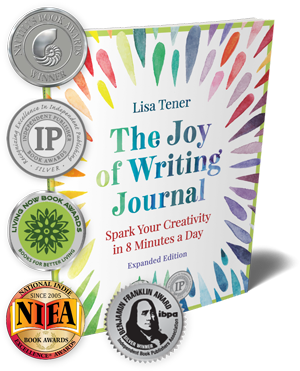
Editing your how-to book or memoir is crucial for writing a compelling, clear and successful book. Yet, writers often feel overwhelmed when they even think about editing a book. While I highly recommend hiring a qualified book editor (get references), you will actually get much more out of the experience if you do some of your own editing first. Then your book editor can focus on the finer points of the writing.
To be clear, I am not talking about early stage developmental editing (structuring the book). Ideally, that should be done at the start of your process if you need help with it. Rather, the focus here is on clear writing, flow and wordsmithing.
You’ll probably do some editing chapter by chapter as you write the nonfiction book…and then several more rounds once the whole book is written and you receive feedback from readers in your target market.
Whether you are editing each chapter as you go along, or waiting until you finish a first draft of the entire book (either is fine), I suggest you go through several times and, in each pass, focus on one or two book editing issues:

First pass: Focus on clarity. Is the writing clear? Where might the reader get confused? Get reader feedback for this. In addition, you can have someone read aloud to you and it will often be clear where they are confused or misread something.
Second pass: VERBS: Eliminate as many generic verbs as possible and replace with active and action-oriented verbs. Verbs give your writing energy. Do a FIND in Microsoft word for verbs like “is” “was” “had” “has” “could” “are” etc.
See if you can easily replace these with more energized verbs. Just about anything is more energizing than these verbs, even the word “feel” or “felt” though don’t overuse that one. In some cases, you may need to change the structure of a sentence and make the subject the object or vice versa.

Third Pass: Show vs. Tell: This edit can take a while. See where you spoon feed the reader rather than making the writing come alive so that the reader can draw his or her own conclusions. Statistics can paint a picture, as can descriptions that access the different senses. You don’t want to overdo descriptions–just pick the most pertinent–or even quirky–details. More on show vs. tell can be found on this post about secrets to compelling writing.
Fourth Pass: Tight Writing: Here’s where you ask yourself, “How can I say this more succinctly?” “Are there any obvious words I can just delete?” “Where can I simplify?”
Fifth Pass: Read Aloud and Listen for Blips and Bumps: See if you misread any part of the manuscript. Also notice where you trip up or break the flow. Notice if anything just doesn’t quite sound right. Tweak.
Have any favorite book editing tips I left out? Any questions on editing a nonfiction book (how-to, self-help or memoir)? Please share as a comment. Thanks.



Thanks for this useful information, Lisa.
I’ve learned so much in Lisa’s Bring Your Book To Life classes (yes, I’ve done more than one!) and have continued to explore tricks to writing my memoir/how-to book.
One that really works for me is reading my chapter ALOUD from a printed page, not from the computer screen. I’ve noticed when I read on the computer screen the words don’t seem quite as real and alive. I use a blue or red pen to mark where I see room for improvements and then go back into my file to make edits. Maybe a little wasteful with the extra paper, but I make sure I recycle those helpful edited pages.
Lisa, excellent guidelines. I have used every one of these tips at your suggestion. Amazing how big an improvement can be achieved with each step!
Thanks, Martha, Carrie and Lisa. It’s been exciting to see each of you grow as a writer. Carrie, when does your book come out? I’ll be recommending it like crazy.
And Martha, I love your suggestion. I also notice a big difference between screen editing and paper editing. Paper is just more thorough, fluid and powerful.
Hi Lisa,
I’m going to review a friend’s book in the near future. As an editor myself (for B2B), I often become immersed in the hairy details of the craft. What you do here is bring me back to an excellent starting place.
Thank You! rita
p.s. I this post in the first return for the search terms “how to edit a nonfiction book.” Nice!
Thanks, Rita–and wow, I hadn’t realized that about the search order–very cool. Let me know if you have any questions as you get more into the editing.
Me, too, Lisa; found you right near the top, in 2015. Talk about staying power.
Thanks for this great help. I’ll be sure to return here often.
Glad to “e-meet” you Katharine. Feel free to ask questions on the blog as they come up.
As a novice writer I’ve been looking into many articles about the publishing and editing process, this one is far more the best one I’ve read. Thank you for sharing your expertise.